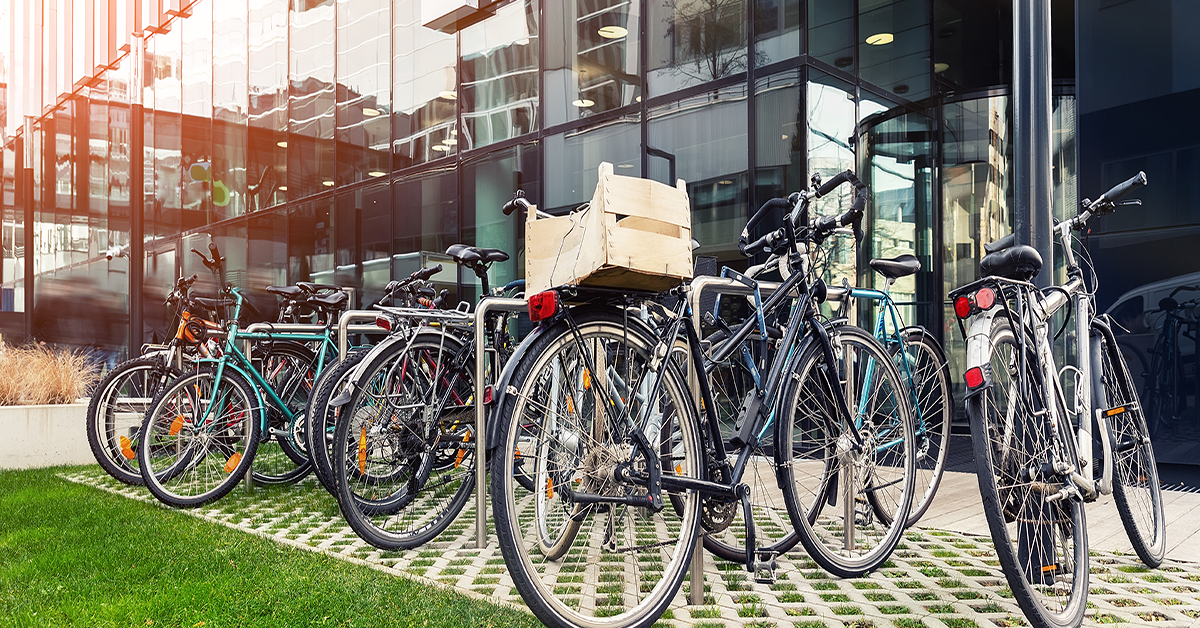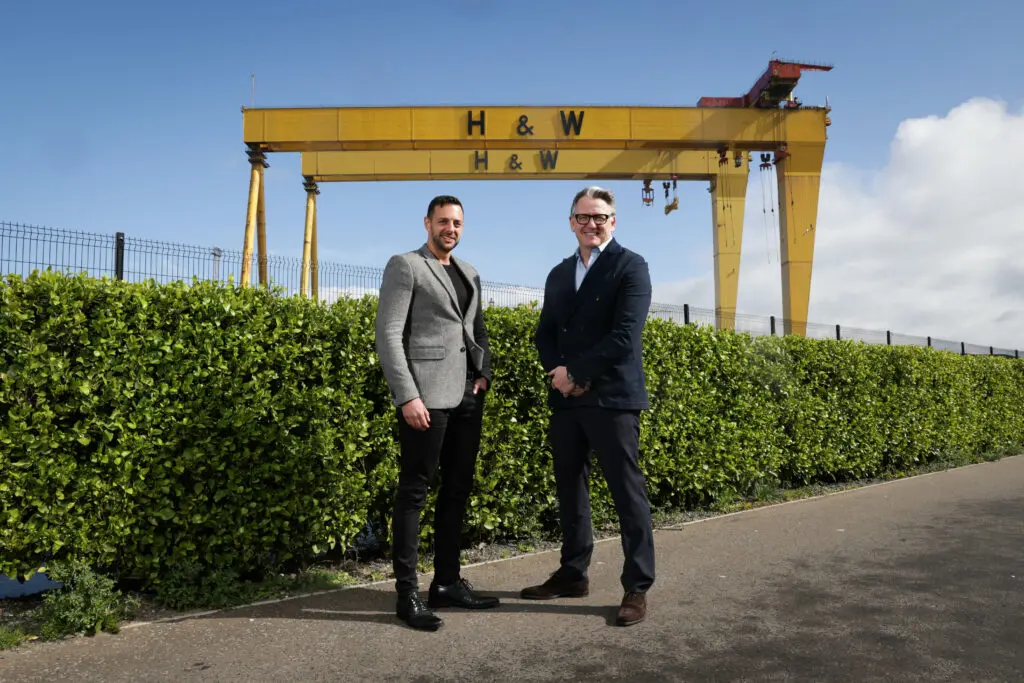Getting more Brummies to walk and cycle is a growing political priority for Birmingham City Council. A focus that is beginning to impact the expectations of city centre developments and becoming a stronger consideration for the city’s planning committee.
Active travel has a critical role in Birmingham City Council’s plans, supporting their ambitious ‘net zero carbon’ targets, while also helping to improve health, congestion and air quality.
Leading this active travel push in the city is Liz Clements, an avid cyclist who was recently appointed Cabinet member for Transport at Birmingham City Council. BECG expect to see Councillor Clements’ personal passion translate to action, as she looks to build on the work undertaken by previous cabinet member, Waseem Zaffar.
At a regional level, Mayor Andy Street has appointed Adam Tranter as the West Midlands’ Walking & Cycling Commissioner. A new position at the authority, and one that marks the precedence of active travel in the region’s transport plans.
Following his appointment, the West Midlands Mayor said:
We have put more funding than ever before into active travel, but we need to go further to make cycling and walking the natural choice for shorter journeys in the West Midlands.
Birmingham’s approach to active travel is outlined in the Birmingham Walking & Cycling Strategy, setting out key objectives to improve the accessibility of walking and cycling and outlining how developers looking to invest in the city can support this ambition.
Of course, not everyone is going to limber up and jump on their bike. So, to reduce carbon emissions in the city, Birmingham City Council has reinforced their active travel push with a range of sustainable transport solutions.
The past year has seen the introduction of the WMCA hire bikes and Voi scooters. With the Metro eastside extension and Sprint bus priority corridors on the horizon, there will soon be a multitude of opportunities for sustainable travel in the city.
But with 25% of Birmingham’s car trips under one mile, to reduce congestion and improve the city’s air quality, a monumental change in the city’s approach to active travel is needed.
Projected population growth indicates that Birmingham could have an additional 80,000 cars on its roads, making the need for change all the more urgent.
With the political precedence of walking and cycling at Birmingham City Council, developers will need to be conscious of active travel when looking to invest in the city.
The Council’s walking and cycling strategy emphasises the importance of ensuring the city’s multitude of green (parks and open spaces) and blue (canals and rivers) corridors are accessible for walking and cycling, but also outlines that any new development must be seen to enhance active travel.
Through changes as simple as including secure bike storage and providing trip-end facilities such as showers and changing rooms, developers can help to improve the viability of active travel in Birmingham.
As this political priority grows at the City Council, developers will benefit from considering walking and cycling early in design and putting active travel front and centre of any submitted plans.
By working closely with officers, the city’s buildings of tomorrow can help to create a Birmingham that is safer, less congested, and better connected, than it has been before.




